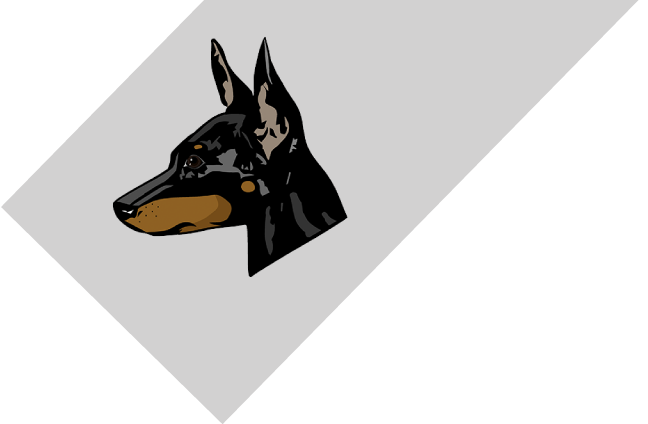Each beat of an animal’s heart results from rhythmic contractions of the heart muscle. Those contractions are regulated by electrical signals resulting from the controlled flow of ions into and out of heart muscle cells through channels in their membranes. There are a number of different ions involved in this process (including sodium, calcium and potassium) and each one has a role to play in depolarizing or repolarizing the heart muscle cells so they contract regularly.
Juvenile Dilated Cardiomyopathy in Toy Manchesters is caused by a mutation in a gene governing one of the potassium channels involved in this process. Researchers theorize that the mutation interrupts the function of normal potassium channels, causing damage to heart tissue at the microscopic level. Over time, normal heart tissue is replaced by scar tissue, interfering with the heart’s ability to conduct the electrical current needed to make it beat. The eventual result is a fatal arrhythmia (abnormal heart rhythm) leading to sudden death.

